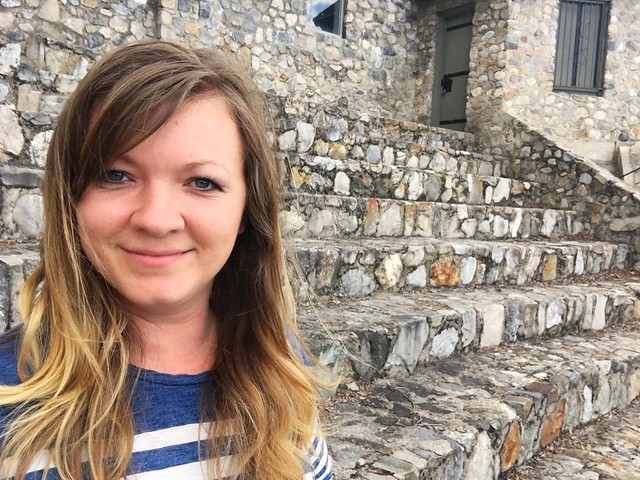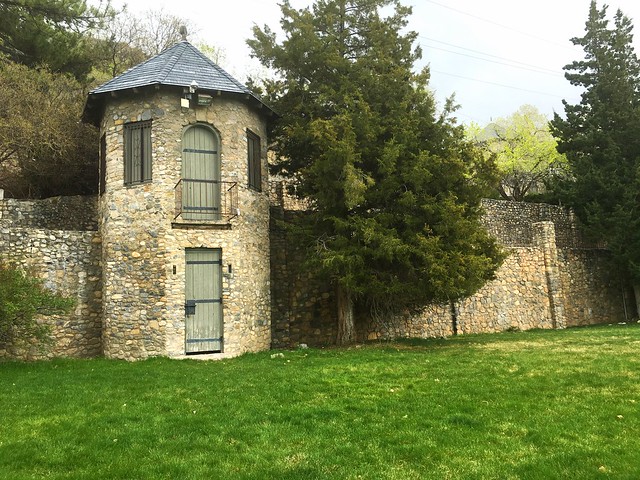I wouldn't go so far to as to say that I know a lot on the subject, but I would say that I dabble in it. I enjoy reading historical articles and journals on the topic (I am currently working through Ten Days in a Mad-House by Nellie Bly), and I also enjoy fictional explorations, such as the book What She Left Behind by Ellen Marie Wiseman (which is terribly written, but the subject of the insane asylum is there) and the movie Stonehearst Asylum.
When I was a child, I went to visit a family member at the Utah State Hospital in Provo, which is a psychiatric facility. Up on the hill above the hospital, there was an old "castle" that was part of the original hospital campus. While my family was visiting the hospital, we went up to the castle (which is actually an amphitheater) and looked around. I misunderstood what the building was, so I found it quite spooky at the time. All I knew was that it was part of an old mental hospital and that it was used as a haunted house during Halloween, and the patients were the cast. I imagined (as many people do) that the castle was full of crazy, dangerous people. There were all sorts of rumors about violent patients and even a story of someone getting stabbed, but that wasn't true. I didn't know that, though, so I walked around the castle as a child, peering into windows and imagining a slew of horrific things. I was eerily fascinated by the place.
The truth was that, yes, patients from the hospital ran the haunted house. They set it up and acted the roles, but it was a source of recreation, fundraising, and responsibility for those patients. They were not dangerous or violent, but the public fed off of the mental patient stigma, and eventually NAMI shut down the haunted house for ethical reasons, which is completely understandable. It is sad, though, because those who worked in the haunted house reported positive experiences in doing so (you can see this as you click through the comments on various blogs and news articles about the amphitheater, where former patients have chimed in).
I only went to the castle once as a child, but I have always wanted to go back. Two weeks ago, Scotty and I drove down to Provo with the kids to see if we could get to it. The road is gated, and there is a sign that makes it pretty clear that you're not supposed to be there without permission, so we were bummed and thought we probably wouldn't get to see it. Scotty stopped at the administration building and talked to an employee, though, and she told us we could go up. I didn't realize it until I'd been given permission that I needed to go there. For reasons I can't explain, I needed to see it again and understand it better, not only the castle, but the entire campus of the hospital.



I think the castle amphitheater is really cool, and now that I've been there again, I can imagine it better as a setting from my childhood. I didn't understand, as a child, that it was an amphitheater. I think I thought it was an abandoned torture chamber for the mentally ill that conveniently deteriorated in the shape of stairs.
As you can tell from my crappy cell phone pictures, it makes a great place for wedding photos. It's probably a landmark that everyone in Provo easily recognizes, but for me (being from an hour north) it was pretty exciting.


1 comment:
I've seen a couple of (Shakespeare) plays here, it's pretty magical. :)
xox
Post a Comment